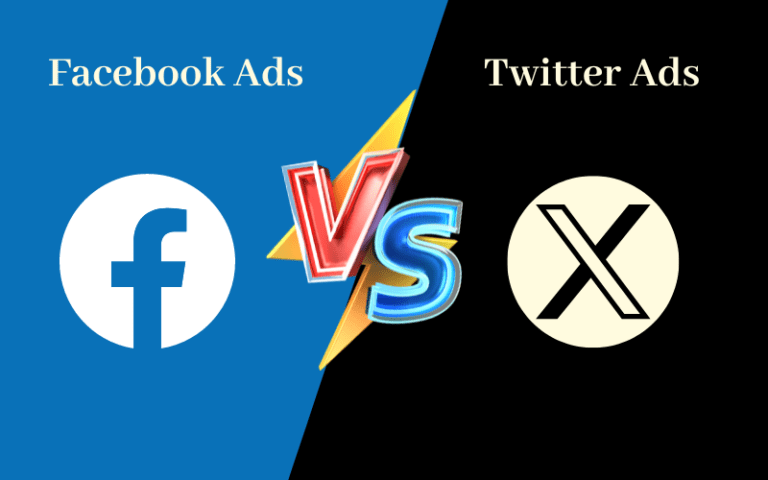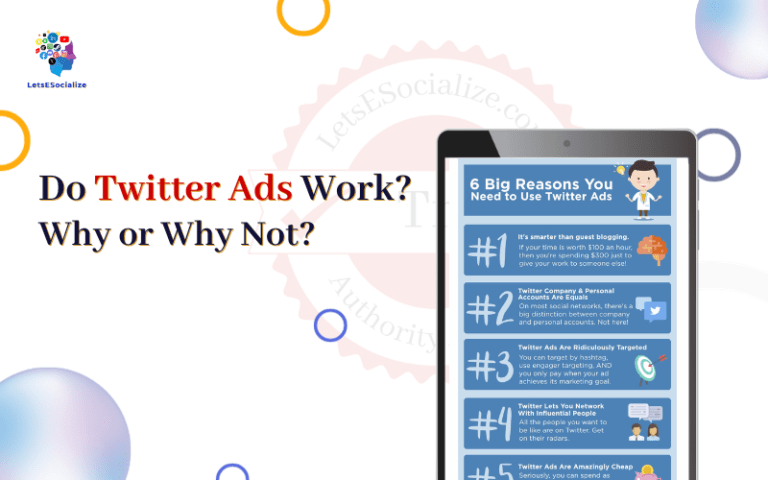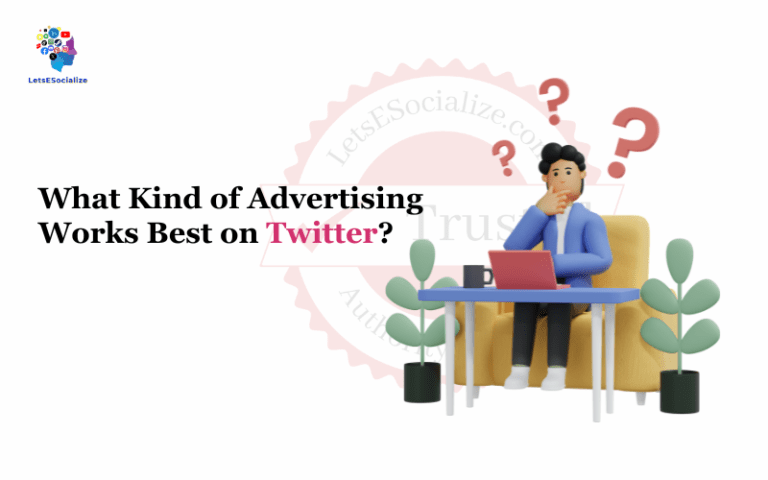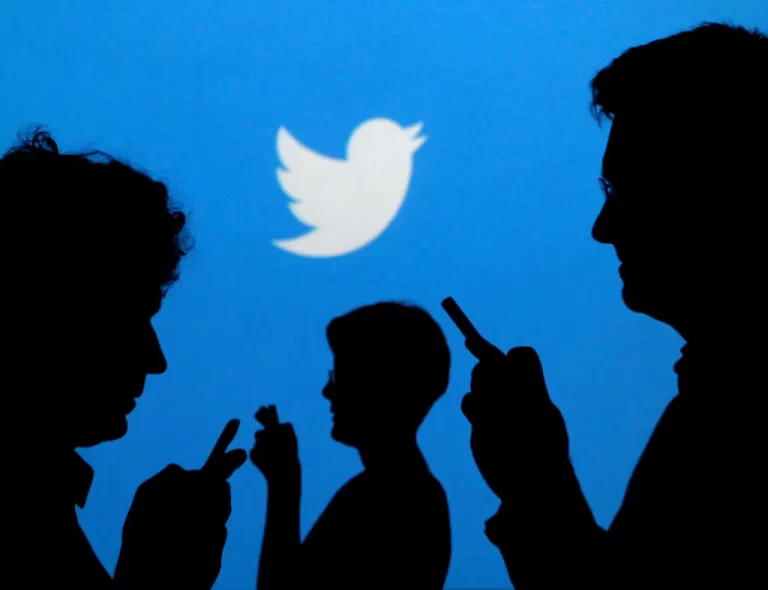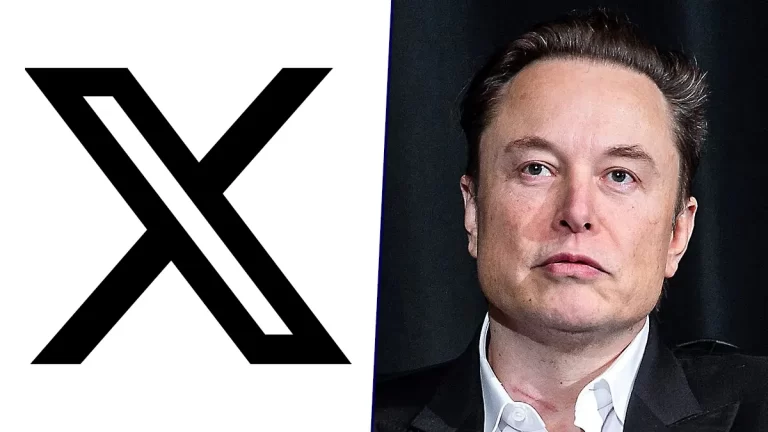Advertising on Twitter can be a highly effective way to reach targeted audiences and grow your business. But how much do Twitter ads actually cost? In this comprehensive guide, we’ll break down the key factors that impact the cost of Twitter Ads and help you understand how much budget to plan.
Table of Contents
How Twitter Ads Costs Are Calculated
First, let’s quickly recap the basics of how ad pricing on Twitter works:
- Advertisers pay based on ad engagements, not impressions. This is called cost-per-engagement (CPE) bidding.
- The main pricing model is CPM – cost per 1,000 impressions. This is the maximum bid advertisers set.
- When ads are shown, you’re charged a dynamically calculated rate based on your set CPM bid and the ad’s quality score.
- The combination of your bid, quality score, and inventory factors like demand and targeting determines your real-time ad costs.
- You control costs with daily/total budget caps. Twitter optimizes to get you as many engagements as possible within your budget.
Understanding these key principles provides context for what impacts ad pricing on Twitter. Now let’s dig deeper into specific cost factors.
Key Factors That Determine Twitter Ads Costs
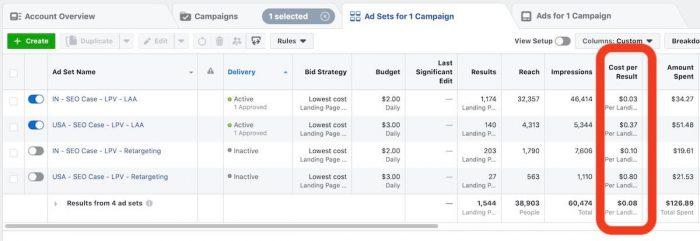
Many variables influence the actual cost per click or action on your Twitter ads:
Your Max Bid Price
The max CPM bid you set establishes the highest rate you’re willing to pay. Bidding higher can increase reach and engagement but also costs more. Setting appropriate bids is a balance.
Quality Score
This measures your ad’s expected clickthrough rate based on historical performance. Higher quality scores result in lower real-time prices. Optimizing relevance lowers costs.
Audience Targeting
Targeting smaller, more niche audiences tends to cost more as demand increases. Broader targeting is usually more affordable. The location also impacts costs.
Ad Format
Some ad formats, like app install ads, tend to command higher rates due to perceived value, while tweet engagement pricing may be lower.
Device Targeting
Ads targeted specifically at iOS or Android smartphone users often cost more due to their perceived value to advertisers.
Seasonality & Current Events
Ad prices may spike during high-demand cycles like holidays or current events as more advertisers compete for impressions.
Continuous monitoring and testing allow you to find the right balance between results and costs.
Also read: Understanding Twitter Advertising Platform
Estimating Your Twitter Ads Costs

So what should you budget for Twitter advertising? Here are some benchmarks based on historical averages:
- The average CPM for Promoted Tweets tends to range between $5 to $10
- The average CPC for website clicks is $0.50 to $1
- For smaller accounts, plan around $0.10 to $0.30 CPE for engagement
However, your true costs depend heavily on audience size, targeting, quality, and bid strategy. Here are some sample scenarios:
- Promoted Tweet aimed at 1 million users in the US with a max bid of $7 CPM = Est around $7,000 cost
- 100 clicks to your website from a Direct Response ad bid at $1 CPC = Around $100 cost
- 10,000 video views from an app install ad targeted to existing fans bidding $10 CPM = Around $100 cost
When projecting likely costs, gauge your potential audience size, engagement rates, and bidding strategy first. Start small to get data.
Reducing Your Twitter Ads Costs
If your CPE costs seem too high, here are ways to help reduce them:
- Lower your max bid amounts gradually and monitor the impact on engagement
- Improve ad relevance with tighter targeting and bidding adjustments
- Create quality scores by A/B testing ad copy and creatives
- Ensure ads directly align with the products/services mentioned
- Only target interests and behaviors more likely to convert
- Use negative keywords to avoid irrelevant impressions
- Delete consistently underperforming ads from rotation
- Pause campaigns during peak pricing periods
- Check for targeting errors like outdated interests or ages
Careful ongoing optimization and monitoring are key to controlling CPE pricing. Test and iterate.
Factors Influencing Twitter Ads Costs

Many variables can influence the cost per click and impressions on Twitter ads. Here are some of the key factors:
Max Bid Amount
Your max CPM bid sets the ceiling for what you’ll pay. Bidding higher may increase engagement but also costs.
Quality Score
Twitter’s ranking of your ad’s expected CTR. Higher score = lower CPE. Improve with relevant targeting and creatives.
Audience Targeting
Narrow niches tend to cost more as competition increases. Broad targeting is usually more affordable.
Ad Format
Direct response formats like website clicks cost more than brand awareness formats. Video ads also command premium pricing.
Device Targeting
Ads targeted specifically to smartphones/tablets carry higher CPE costs typically.
Seasonality & Current Events
During high-demand cycles like holidays, prices often surge as advertiser competition swells.
Ad Frequency
Capping your ad’s impressions can lower costs but may impact reach. There are tradeoffs.
Location
Targeting larger cities with more demand costs more usually. Hyper-targeted zip codes command premium rates.
Time of Day
Peak hours, like mornings and evenings, tend to have higher rates as more users are active on the platform.
Continuously monitoring and optimizing based on performance data allows for balancing results and costs effectively.
Daily and Monthly Twitter Ads budgets

An appropriate daily and monthly ad budget is crucial for Twitter’s success. You want to allocate enough resources to drive results but not overspend.
Here are some best practices for setting Twitter ad budgets:
- Base it on business goals – Consider your key objectives like website conversions or app installs and project costs to achieve them.
- Analyze historical data – Look at previous campaign costs and performance to estimate future budget needs.
- Benchmark competitors – Research what other brands in your industry are investing in Twitter ads.
- seasonality factor – Adjust budgets up or down during historically high/low demand for your business.
- Allot for testing – Leave room in your budget for experimenting with new ad variations.
- Use daily caps – Daily caps ensure budgets are spread consistently over the month vs. spending too fast.
- Leave upside buffer – Add a 10-20% buffer above projections for upside performance potential. You can always increase it if needed.
- Review frequently – Re-evaluate the budget monthly and adjust based on the latest performance.
Continuously optimizing your budget allocation ensures you maximize results without overspending. Test and learn.
Managing Twitter Ads Costs with Automated Bidding
One of the most effective ways to maximize Twitter ad results while controlling costs is leveraging automated bidding.
Here’s how it works to your advantage:
- Only pay the minimum needed to meet your targets and outbid competitors.
- Avoid manual bid management, which is time-intensive and inconsistent.
- Built-in algorithms respond quickly to campaign performance fluctuations.
- You simply set your overall budget – the system handles optimizing bids.
- Controls allow setting max bid amounts to cap individual engagement costs.
- Flexible pacing options spread budgets evenly and prevent overspending.
- Significantly reduces wasted ad spend on underperforming segments and times.
Automated bidding provides sophisticated cost management that manual approaches cannot match.
Forecasting Twitter Ad Costs with Campaign Estimator
Twitter’s free Campaign Estimator tool allows forecasting estimated costs based on your targets and optional settings:
- Input factors like objectives, duration, geography, audience size, and content type.
- The tool projects the estimated number of impressions, engagements, and monthly cost.
- See the cost impact of toggling options like promoted-only targeting and adult content.
- Downloads results summary for planning that you can share with clients and stakeholders.
- Provides cost estimate ranges based on a $50 minimum budget up to $500k max budget.
While not 100% precise, Campaign Estimator enables directional budget planning without setting up full campaigns.
Monitoring Twitter Ad Costs
To stay on top of Twitter advertising costs:
- Review daily spending reports in Ads Manager and watch for spikes or lulls.
- Set custom notifications for when you reach certain budget milestones.
- Check engagement rates and CPE rates for highs and lows.
- Scan costs segmented by campaign, audience, regions, daypart, etc.
- Compare your current average CPM and CPC to historical rates.
- Document weekly totals by campaign to identify consistent over/underperformers.
Ongoing vigilance ensures you catch any concerning cost trends early before they result in excessive spending.
Cost-Effective Twitter Ads Strategies
Some proven tactics for keeping Twitter ad costs down:
- Set specific CPE targets you need to achieve positive ROI. Don’t overpay.
- Only target interests likely to convert – avoid vanity metrics that don’t impact sales.
- Regularly prune underperforming ads and deactivate wasteful targeting segments.
- Enable frequency capping to avoid oversaturating users.
- Create ad variations to perform ongoing A/B cost testing.
- Check Audience Insights for suggested cost-efficient similar audiences.
- Monitor daily cycles and limit bids during habitual peak rate periods.
- Leverage Twitter’s automated bidding algorithms to maximize results within defined spend limits.
Keep testing, optimizing, and ensuring every ad dollar contributes towards your business goals.
Twitter Ad Cost Benchmarks vs. Other Networks
How does Twitter’s advertising pricing compare to other options? Here are some averages:
- Facebook Ads – $7-$12 CPM
- Google Ads – $2-$7 CPC on Search Network $0.50-$1 CPC on Display Network
- YouTube Ads – $10-$30 CPM
- LinkedIn Ads – $10-$50 CPM
- Reddit Ads – $0.75-$1.50 CPM
- Snapchat Ads – $2-$4 CPM
Twitter’s ad costs are very competitive, though Promoted Tweets CPM rates tend to fall between Facebook and LinkedIn averages. However, Twitter’s highly engaged audience makes it worthwhile for many brands.
Twitter Ads Cost Tips and Takeaways
- Leverage automated bidding to optimize costs efficiently at scale.
- Use daily and total budget caps to control spending.
- Only target audiences with reasonable conversion potential.
- Continuously prune low-performing ads and placements.
- Take advantage of Twitter’s free Campaign Estimator tool.
- Monitor costs daily across devices, formats, segments, times of day, etc.
- Keep testing new combinations and creatives to lower CPE.
- Be strategic with bids – don’t overpay impressions that won’t deliver results.
Keeping a close eye on Twitter ad costs allows you to maximize your ROI. Let me know if you have any other Twitter pricing questions!
Latest News on Twitter Ads Costs
Here are some recent news developments related to Twitter ad pricing and costs:
Twitter Announces 16% Price Increase for Ad Campaigns
Twitter recently revealed plans to raise the cost advertisers pay for campaigns by an average of 16% across ad formats. This change comes amidst Twitter’s wider monetization push.
New Twitter Policies May Result in Higher CPM Rates
Twitter introduced stricter policies around high-frequency automated posting behaviors, which may reduce ad inventory and increase rates if demand remains steady.
Rising Inflation Forcing Brands to Trim Twitter Ad Budgets
With rising inflation squeezing budgets, analysts expect many brands will need to optimize Twitter ad investments by pausing lower-funnel efforts and focusing on upper-funnel brand-building activities.
Increase in Twitter Video Ad Inventory Expected to Lower Video CPM Rates
As Twitter pushes more video ad options, the inventory growth is expected to ease pricing pressure and lower average video ad CPM rates as supply increases.
Let me know if you need any other recent Twitter ad pricing news! I can provide additional relevant updates on costs.


